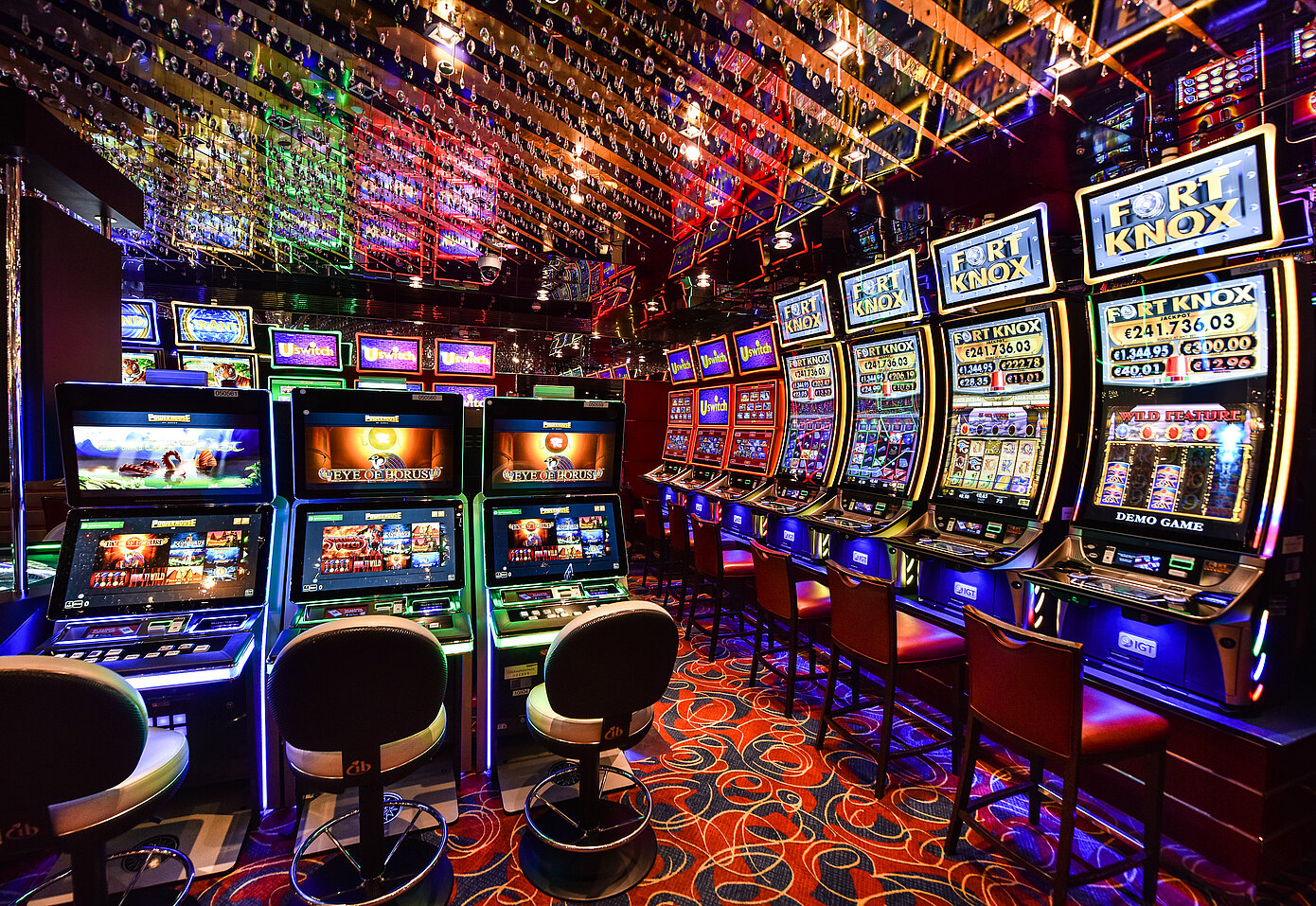
Within a vibrant and stimulating world of casinos, where luck and strategy intertwine, color and design play a pivotal role in drawing in players. As soon as visitors step into a casino or access a gaming website, they are enveloped in a sightly feast that captures their attention and lures them to discover more. Vivid colors, captivating graphics, and innovative layouts are meticulously crafted to create an atmosphere of thrill and expectation, ultimately improving the gaming encounter.
As gamblers navigate through the dynamic landscape of casino games, they encounter a range of designs that not only serve visual purposes but also influence emotions and choices. Colors like scarlet and gold symbolize wealth and luck, while calm navy and emeralds can create a much relaxed environment. Grasping how these elements work together allows casinos to create an inviting and stimulating atmosphere that encourages players to interact with the games, invest more time at the tables, and boost their general enjoyment.
The Psychology of Tint in Gambling Games
Tint plays a crucial role in the development of casino games, influencing players’ feelings and behaviors. Vivid and striking hues, such as red and yellow, are often used to stimulate enthusiasm and attract attention. These shades create a sense of immediacy and dynamism, encouraging participants to engage more enthusiastically with the activity. By strategically selecting tints, creators aim to inspire feelings of pleasure and excitement, which can enhance the complete game experience.
Various hues also have psychological associations that can influence how gamblers perceive their chances of winning. For example, emerald is commonly associated with luck and prosperity, making it a frequent choice in games like roulette and poker tables. This link can result participants to feel more positive and assured in their gameplay, ultimately motivating them to bet more. Understanding these links allows game creators to design environments that enhance player satisfaction and loyalty.
In addition, the design of casino game interfaces often employs blended colors and differing shades to direct players’ actions. For case, successful outcomes may be emphasized with striking, differing hues, creating a visual cue. This approach strengthens favorable outcomes and promotes repeated participation. By leveraging the science of color, gambling establishments can create games that not only draw gamblers but also keep them involved and dedicated in their play experience.
Creative Elements that Attract Players
The aesthetic appeal of gambling games is primarily influenced by the use of vibrant colors. Lively and contrasting colors are deliberately chosen to create an inviting atmosphere that captures attention. For instance, crimson and golds often signify good fortune and prosperity, which is why they are common in the palettes of gaming machines and game surfaces. These colors not only attract players in, but they also stir emotions associated with thrill and expectation, enhancing the overall gaming experience.
In parallel to color, the aesthetic and layout of casino games play a crucial role in player attraction. Games are designed to be user-friendly, ensuring that players can easily understand the guidelines and gameplay. User-friendly interfaces, along with captivating graphics and motion, help maintain player interest and promote extended play sessions. The tactile elements, such as the texture of the buttons and the sounds of the games, also contribute to a comprehensive sensory experience that keeps players engaged.
Finally, conceptual elements in gaming design can greatly influence gaming decisions. Many gambling games are inspired by media, fairy tales, or adventure themes, incorporating symbols and characters that resonate with players. 98win These themes create a sense of immersion and connection, making each game feel unique. When players feel a bond to the theme, they are more likely to opt for that game over others, leading to increased participation and excitement within the casino environment.
Case Studies: Notable Casino Slot Designs
One prime example of effective gambling game design is the well-known slot machine series themed around popular movies. Games such as those based on the The Wizard of Oz and Game of thrones utilize dynamic colors and top-notch graphics to immerse players in recognizable narratives. The employment of moving visuals and captivating sound effects takes the focus of players, creating an emotional connection to the theme. This tactic merely encourages longer play but also boosts the overall gaming experience, leading to increased player retention.
Another successful case is the application of the psychology of color in table games like 21 and roulette. Casinos often develop these games with rich reds and greens, colors traditionally linked with luck and wealth. For instance, the emerald felt on a 21 table provides a relaxing effect, while the crimson accents in the wheel invite anticipation. This deliberate use of color helps to establish an inviting atmosphere that motivates players to join in, satisfying their psychological impulses and increasing their enjoyment.
Finally, online casino games that incorporate community features and lively, lively designs have seen remarkable success in engaging players. Games like Zynga Poker and Slotomania leverage bright colors and playful animations to establish an inviting online environment. The inclusion of leaderboards, social sharing options, and in-app rewards encourages competition and community, pulling players in for longer sessions. Such designs not just make the games visually enticing but also underscore community engagement, a key factor in player retention and engagement within digital casino environments.
